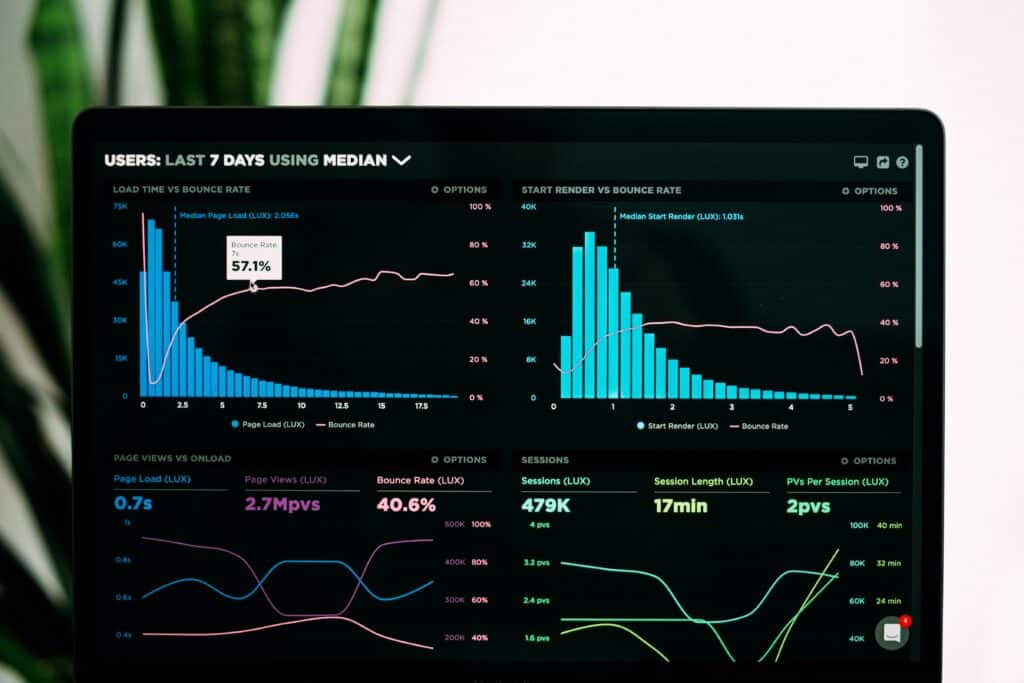As a consultant or agency, providing your clients with regular reports is crucial to your business. Reports Determine the frequency of reporting to track progress, identify areas for improvement, and communicate the value of your services to your clients.
However, creating actionable reports that provide value to your clients can be challenging. The article will discuss developing an actionable reporting plan with your clients, recommended by Troy Renkemeyer.
Understand Your Client’s Goals
The first step in creating an actionable reporting plan is understanding your client’s goals. You cannot create an actionable report if you do not know what your client is trying to achieve.
Start by asking your client what their goals are and how they measure success. Understanding their goals will help you create a relevant and valuable report.
Determine The Right Metrics

Once you understand your client’s goals, you must determine the right metrics to measure progress. Your chosen metrics should align with your client’s goals and be measurable.
For example, if your client’s goal is to increase website traffic, you might track metrics like website visits, bounce rate, and time on site. It is also essential to choose metrics that are relevant to your client’s business.
For additional tips on reporting and analytics for new businesses, check out this guide.
Determine The Frequency Of Reporting
The reporting frequency will depend on the work you are doing for your client. For example, if you are managing a paid search campaign, you might provide weekly or monthly reports. On the other hand, if you are managing a long-term SEO project, you might give quarterly reports.
Agreeing on the reporting frequency with your client at the beginning of your engagement is essential. This will help manage expectations and ensure your client understands when they can expect to receive reports.
Choose The Proper Reporting Format
Choose the suitable reporting format. This is the next step. There are several options, including spreadsheets, dashboards, and PowerPoint presentations.
The format you choose will depend on your client’s preferences and the complexity of the data you are reporting on. However, a dashboard or presentation might be more appropriate if you are reporting on multiple metrics or presenting data to a large group.
Provide Context
Providing context is essential when creating an actionable reporting plan. Your client needs to understand the data’s meaning and how it relates to their goals. One way to provide context is to compare current performance to historical performance or industry benchmarks.
This can help to show progress over time and highlight areas for improvement. Another way to provide context is to provide commentary or insights into the data. For example, if website traffic is down, you might provide insights into why this is happening and what steps you are taking to address it.
Provide Recommendations
It is essential to provide recommendations in your report. Recommendations should be actionable and should help your client achieve their goals.
It is important to note that recommendations should be based on data and align with your client’s goals. Avoid making recommendations not supported by data or irrelevant to your client’s business.
Schedule Follow-Up Discussions
Reporting should not be a one-time event. It is essential to schedule follow-up discussions with your clients to discuss the report, answer any questions they may have, and ensure they are taking the recommended actions.
Follow-up discussions also allow you to revisit your client’s goals and metrics and make necessary adjustments.
Use Visualization

Visualizing data is a way to communicate insights to your clients. Visualization helps present data in a way that is easy to understand and can highlight trends that might not appear on a table or spreadsheet. Tools including graphs, charts, and dashboards are some examples.
Choose the visualization format that is most appropriate for the data you are presenting and your client’s preferences.
Keep It Simple
Reporting should be easy to understand, even for clients unfamiliar with the data or industry terminology. Keep the report straightforward, avoid jargon or technical terms, and use language that is easy to understand.
If you need to use technical terms, provide definitions or explanations to ensure your clients know what you are reporting.
Be Transparent
Transparency is critical when creating an actionable reporting plan. Your clients should have access to all the data and metrics you track, including any limitations or challenges you may face.
Being transparent builds trust with your clients and ensures everyone is on the same page. If you encounter any issues or challenges, be honest and upfront with your clients and work together to find solutions.
Final Thoughts
Developing an actionable reporting plan with your clients is essential for providing value and demonstrating the impact of your services. It requires a deep understanding of your client’s goals, the right metrics to measure progress and effective communication.
By following these steps and working closely with your clients, you can create actionable, easy-to-understand reports and provide value to your clients, as advised by Troy Renkemeyer.
The post How to Develop an Actionable Reporting Plan with Your Clients appeared first on Tweak Your Biz.


0 Commentaires